The third-generation Chevy Camaro will always make me think immediately of only a handful of people, including a friend I had first met while in college in Gainesville, Florida over thirty years ago. “Rita” and I had first become acquainted through a mutual friend, but time has proven Rita’s and my friendship to be the lasting one, as she and I are still friends today. We’ll still occasionally crack each other up with our random observations shared via text message or through social media.
Our friendship was a unique and beautiful thing from the very beginning, and she and I would go out dancing during acid jazz and disco nights at a long-gone, beloved club in downtown Gainesville. Rita and I also shared a love of ’70s rock. She had older brothers, and one of my favorite memories of being back in Fort Myers over the December holidays was of she and I playing their LPs in her folks’ living room. Brainy, beautiful, brave, and truly hilarious, she went on to earn a doctorate and have a successful career in education. She also loved cars.
At the time we met, Rita and I were both driving the base-model editions of the ponycar offerings from Chevrolet and Ford. My ’88 Mustang LX had the fuel-injected version of the 2.3L “Pinto” four-cylinder that was good for 90 horsepower in my 3,000-pound hatchback. Rita had a Camaro RS in the same Medium Quasar Blue Metallic finish as on our featured car, which makes me think hers was a ’92. By 1990, the RS had become the entry-level Camaro, and from that point through the end of this generation in ’92, the standard mill was a 3.1L V6 with 140 horsepower to power the 3,100 glass-back coupe. Starting in ’91, the Mustang’s 2.3L four had an uprated 105 horsepower thanks to a revised, eight-plug cylinder head, but my ’88 didn’t have the benefit of those extra fifteen ponies. My car did have a five-speed manual, which made it somewhat fun to drive.
I’m not sure exactly how or when it started, but the whole Chevy vs. Ford rivalry jokes eventually started between Rita and me. It didn’t matter that neither of us had the desirable V8s under our hoods and were dealing with just base model cars. As far as Rita was concerned, her V6 Camaro was in a completely different class than my four-banger Mustang. I loved my Fox-body with a deep emotional connection that’s hard to put into words. It was my first major purchase of my adult life. I kept it waxed, vacuumed, Armor All-ed, etc. to where it looked much newer than it was, even as the same basic car was being still being produced with minor detail changes. I deadpan-defended my car to Rita, extolling its more European proportions, better gas mileage, and everyday livability relative to her physically larger Camaro with middling performance.
About the “European” thing, I’m sure that when the clean-sheet ’79 Mustang had first arrived that it probably did have a decidedly Euro flair about it, inside and out. I’ve seen pictures of the interior and dashboard of the German Ford Capri, and the gauges have almost the exact same placement as on the third-generation Mustang. It’s just that by ’88 (and even more so by ’92), most regular vehicles had already adopted many aspects of these same aesthetics and functionality, to where the basic Mustang no longer seemed Euro, but just average and actually a bit dated in many respects.
Sitting in Rita’s blue Camaro felt like being in an actual sports car, albeit a really large one. There was an appealing, bunker-like quality of sitting low behind that flat, high dashboard as Rita’s passenger. One thing’s for sure, though: my Mustang was screwed together very tightly, which I couldn’t say for Rita’s Camaro, and hers didn’t even have the compromised rigidity that came as a penalty with t-tops, which were absent from her car.
I don’t recall ever having conceded to Rita that her Camaro RS was the superior vehicle. Even then, there was no way to kid myself that a forty-horsepower deficit in a Mustang that weighed only slightly less than her Camaro was insignificant. My Mustang was slow. What it did have over her Camaro, though, was a flat, usable cargo area either with or without the rear seats folded down, an airy feel to its cockpit, and gas mileage that was pretty darned good for a car like this. So, between these two cars, which was the better ride for a young adult and college student? I’m still convinced that even though my Mustang looked a little like a box-on-wheels next to Rita’s Camaro, it was the perfect choice for me. Was it cooler or as cool as Rita’s Camaro as far as the base-model comparison? Rita, if you’re reading this, and you might be, I still refuse to say it.
West Ridge, Chicago, Illinois.
Monday, December 30, 2024.
The brochure pages for the ’91 Camaro, sourced from www.oldcarbrochures.org, were used since I couldn’t find any from ’92. Rita’s car was basically the same.








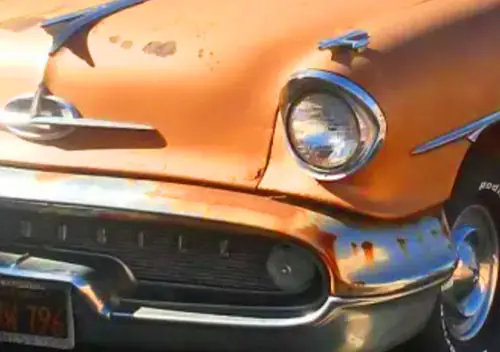
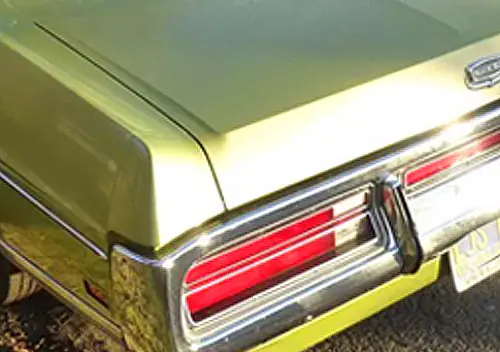
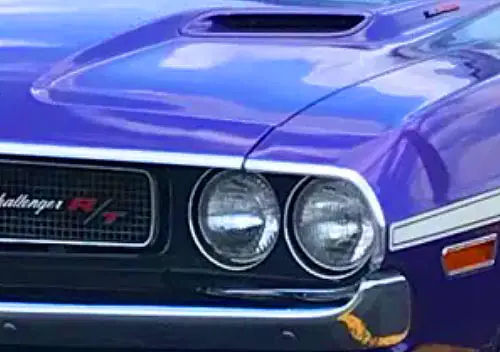

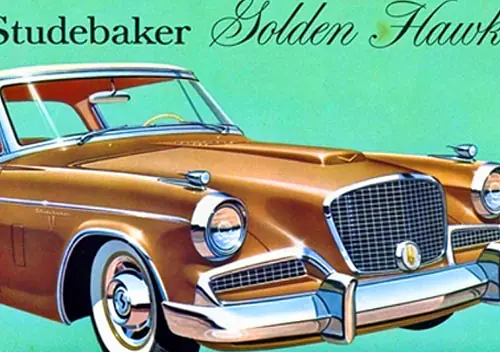
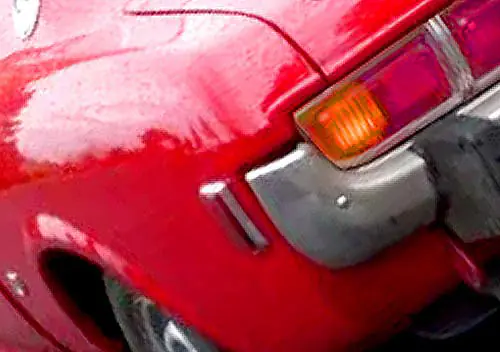
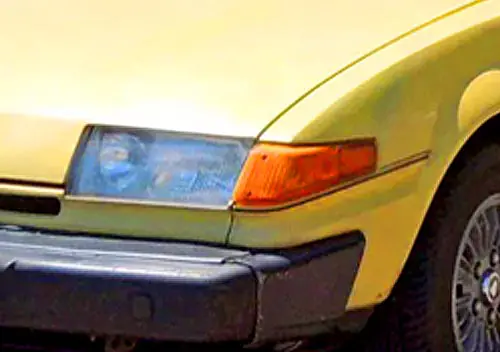
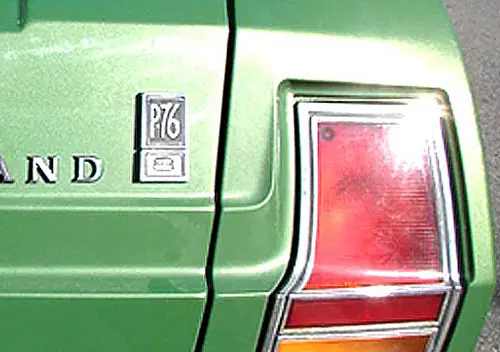
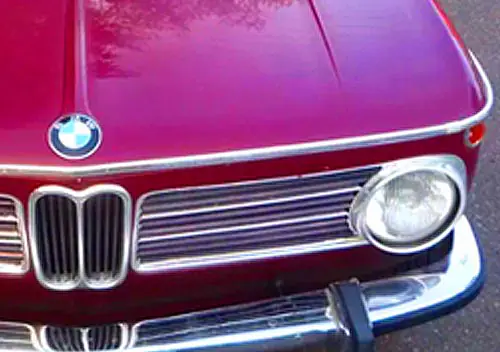
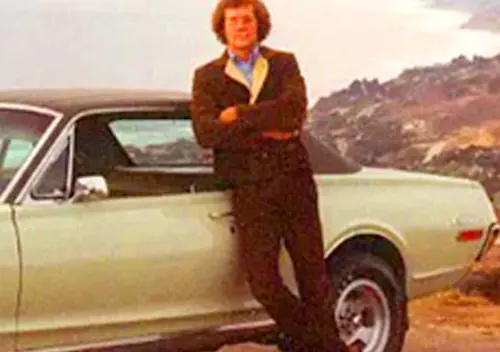

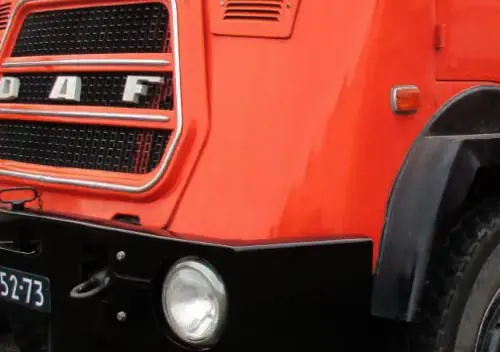
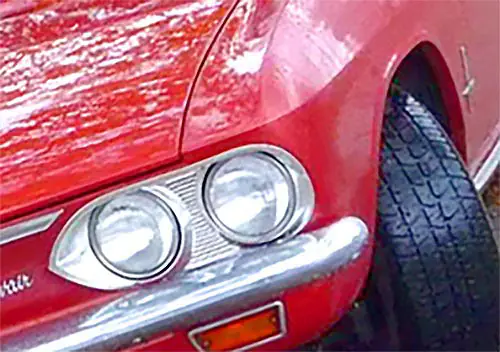
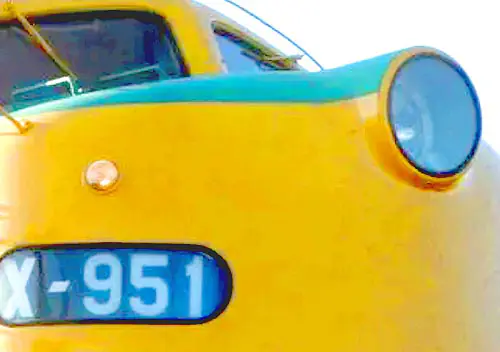
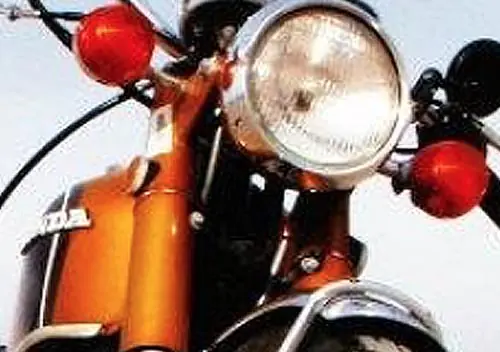
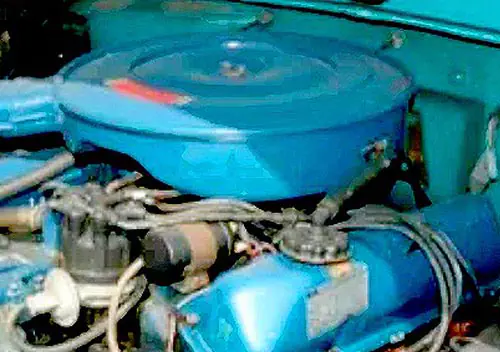
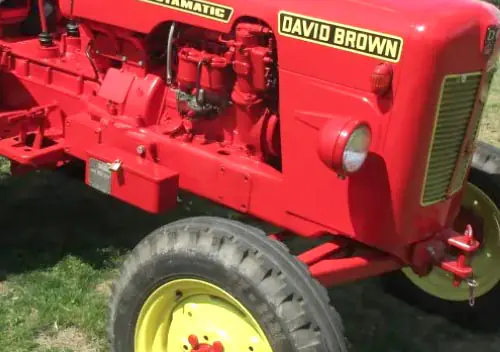
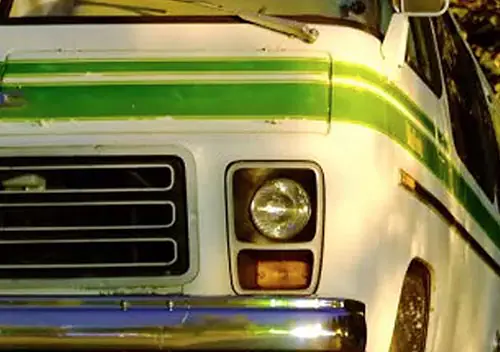

Love that blue and that gen of both the LX and the Camaro. Have to admit my 2nd and last new car was a 79 fox Capri.. Was recently considering selling my 63 comet convertble to get a gorgeous 4 banger LX convertble I’d seen online… But I still keep longing for a camaro/firebird of that era also. I’m 73 and thank God still playing cars.. Will keep my stable at three for the moment. Great story of your youth and passions. Thanks for sharing
Tom, thank you! That blue is such a period-correct shade. To me, it’s up there with some shades of brown and olive green being representative of cars of the early ’70s. Here’s to the enduring joy of playing cars, as you put it!
Joseph: You MUST contact Rita regarding this post! We would all love to hear her side of the story!
Haha! Jeff, “Rita” (not her real name) has seen this article and she approves! She may or may not comment here, but I’d love it if she would. 🙂 I’m pretty intuitive, but I can’t always get a read on how comfortable my friends and family would be with interacting here after I’ve written about them.
I am in your corner on this one, especially since you had the 5-speed. But in Rita’s defense, we can overlook quite a few flaws in a car that is really loved.
My appreciation for the third-gen Camaro only continues to grow with each passing year. Two friends of mine in Michigan own a ’92 25th Anniversary Edition with t-tops that they’ve been generous with just giving me the keys on occasion. I may have to write that one up, as well!
Having had a blue rental Camaro RS once just like this and Rita’s, I can assure you that your Mustang was infinitely more appealing as a real automobile. I was shocked at the interior crudely thrown together with rough hard black chunks of plastic, and the visibility was terrible too. Never mind the ridiculous trunk.
The trunk was actually pretty shocking to me the first I saw the shape of the cargo area with the hatch up. I say this only because I was used to the almost mini-wagon utility of my Mustang hatch. As I needed that Mustang to haul all of my stuff home and back to college between semesters and for the summer, the Camaro’s setup wouldn’t have worked nearly as well for me, especially since I had a bike. The Camaro still has rockin’ good looks that I admired.
I remember hearing that the idea for the 3rd. gen. RS Camaro came from employees of the GM Van Nuys plant. Not much more than IROC/Z style exterior trim on a standard Camaro, the idea was a good one regardless of where it came from. Thankfully the 2.5L ‘Iron Duke’ was no longer the standard F-body engine by the time the RS came out. A friend of mine had a late 3rd. gen. standard Camaro with the 5.0L TBI engine, it was a great combination with good performance and excellent driveability, though something of a rattle-trap.
The RS idea was brilliant, IMO – to give the basic Camaro some dress-up appeal as an entry level car with more. I can’t remember the last year for the 2.5L four, and I’m on my commute L train home. I would guess maybe ’87?
My brother bought a new ’83 2.8 V6 Camaro with manual trans, an early year of this model, in the same blue metallic, the only new car he ever bought. Though pretty on the outside it felt really cheap inside with the horrible crappy black plastic dash that had big screw heads showing, lousy seats. Riding in it was equally unpleasant, the car just felt flimsy.
Personally I wouldn’t want any GM car built after the ’79 model year. Dad’s ’85 “Collector Series” Buick LeSabre felt like a lightweight POS compared to his nice ’77 Electra Ltd. The GM obsession with reducing weight at all costs ie: “weight is the enemy” campaign, wrecked the body quality of the cars. The Fisher brothers must have been rolling in their graves.
I’d really like to think (and hope) that build quality on the gen-3 GM F-bodies had improved significantly over the course of its eleven model years. Which is to say that I remember reading that the tightness of the bodies of the early car was abysmal. Your dad’s ’85 LeSabre would have been from the last of the big ones, right? Electras were downsized for ’85, with the LaSabres following suit for ’86. It’s interesting that the difference between the ’77 and ’85 big Buicks seemed that significant, but your experience of both cars is valid.
Boy, that a tough one. I like the color of the subject/Rita’s car, but I’ve got to believe that it was no fun to drive compared to your car (owing mostly to the 5 speed).
I find myself wondering for some reason what Rita is driving nowadays.
You know, Jeff – I don’t even know what Rita drives these days! I love that one of her social media profile pictures is of her riding a motorcycle, though I doubt the Professor uses that as her daily driver. 🙂
One thing I really liked about my little four-banger / five-speed Mustang is that it seemed like it had a purpose – fun economy with great utility and a nice body.
Back in the day, my neighbor’s mom purchased an RS like the one in the brochure picture in that exact color, “That 90’s Teal”. – No derision here… I’ve owned TWO cars in a shade of nineties teal, and actually wished that those colors would make a comeback!
She had won the lottery, literally, matching 5 of 6 numbers in one of those big drawings, Mega Millions I think. This was a present she bought for herself.
With the IROC-Z’s looks, without the striping and such, this car was a looker when new. I don’t recall her complaining about it much, but ingress and egress couldn’t have been fun for a woman in her sixties. I washed it for her a couple of times, and noticed that it was considerably lower to the ground than either of my T-Birds at the time.
And I thought that these cars had the 3800-V6, not the 3.1L… You learn something new every day. Truth be told, I thought (at the time) that since the IROC had gone to the 350 by this time, the RS(s) came with a 305.
RS Rick, just thinking of hoisting myself out of those low-slung seats on a regular basis makes me think of the fingerprints I would regularly end up leaving on the A-pillar! I’d probably make the “sacrifice” for a while if I had also won the lottery.
In defense of the 3rd-generation Camaro, I will say it turned my head when it was first introduced for the 1982 model year — the big wraparound backlight was key to what I thought were great looks.
Another 80s car that got my attention was the 1984 Honda Civic 3-door — that longroof-style hatchback was something quite different for the times, and it was a practical design as well.
The third-gen Camaro is still a looker. I wonder sometimes how time might have allowed it to be perceived in the Camaro’s history had it proven to have the solid feel of the second-generation cars.
This is a tough one. While the Mustang was probably a better fit in the interior, That teal blue Camaro is a a real looker. I would have gone with the Camaro myself.
I kind of feel like there can be no losers between team members of these two, respective cars. 🙂
A RS exactly like this (possibly the very same car given it was from Chicagoland) was one of my early “don’t meet your hero’s” experiences when I was on my fevered hunt to find a cheap “muscle car” immediately after getting my drivers license. I didn’t know much about RSs at the time, it looked like a Z/28 or Iroc Z so I thought it must be the steal of a lifetime finding it priced at $2000 at the used car lot less than a mile from our house, and I even liked this color that was so out of fashion circa mid 2000s. But getting in it and driving it was eye opening, it wasn’t fast, it didn’t sound good, and my god that cargo area- what is it with C2/C3 Vettes and third/fourth gen F bodies? (I don’t care if it’s small, but at least not be a weird bi-level or worse nothing at all). My Mom’s Nissan Quest minivan I drove there felt spunkier.
The 2.3 Mustang wouldn’t have even been on my radar then but I wouldn’t have gotten into it with the false expectations the RS gave me, and with some level of (debatable) maturity I could see myself today finding the 2.3 Mustang hatchback a great daily driver for my needs, but a third gen Camaro? All sizzle and no steak
Matt, I can appreciate this. The sentiment you expressed about not meeting our (automotive) heroes might have saved many of us from a similar experience with cars we hoped we would experience differently than we did. Rita’s car seemed great, but it was also only a couple of years old at the time. I could see how a much older example and in daily driven condition could have been a letdown.
Thanks for the post, Jeffrey. Lower end Camaros are fun, and remind us that not every on was a Z/28 or IROC. I’ve written about the 1980 Rally Sport:
https://eightiescars.com/2018/08/12/1980-chevrolet-camaro-rally-sport-coupe/
—and the 1984 Sport Coupe:
https://eightiescars.com/2022/02/23/1984-chevrolet-camaro-sport-coupe/